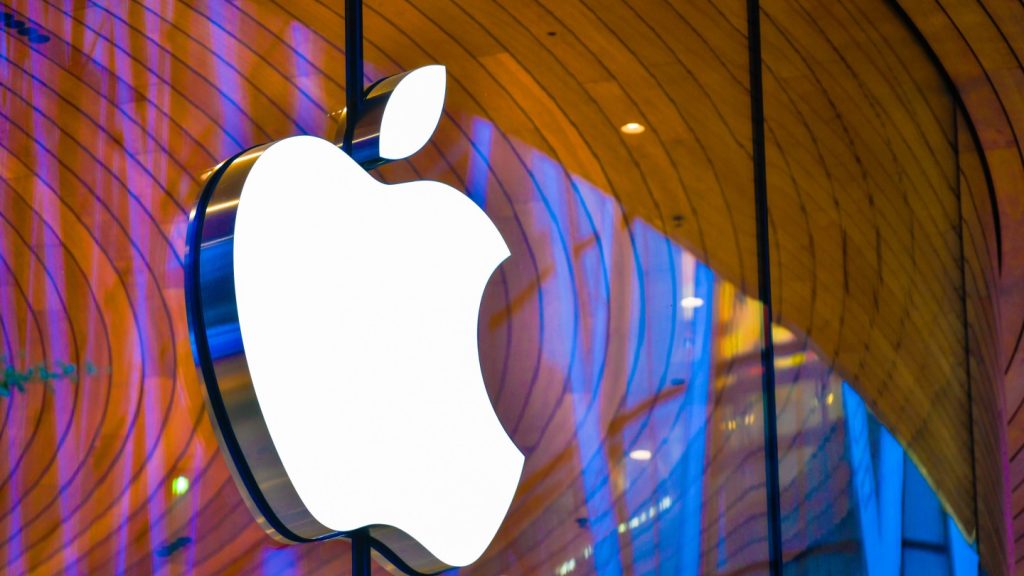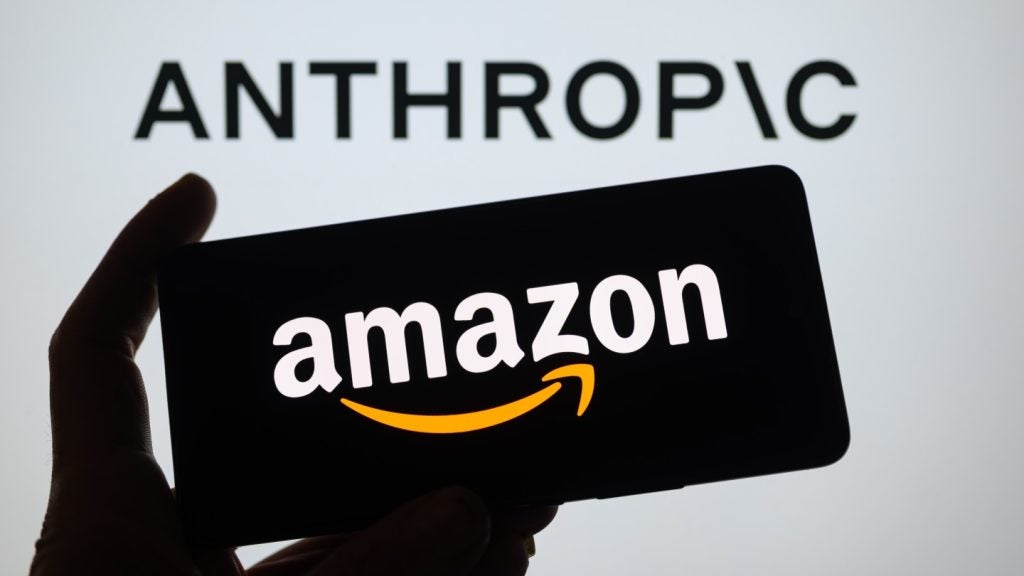The technology industry continues to be a hotbed of patent innovation. Activity is driven by the need for prolonged battery life and improved network efficiency, and growing importance of technologies such as advanced signaling and protocol enhancements to allow devices to enter low-power states during periods of inactivity, conserving energy without compromising connectivity, which is crucial for the proliferation of IoT devices and the seamless integration of mobile technology into various industries. In the last three years alone, there have been over 1.5 million patents filed and granted in the technology industry, according to GlobalData’s report on 5G in technology: LTE discontinuous reception (DRX). Buy the report here.
According to GlobalData’s Technology Foresights, which uses over 1.6 million patents to analyze innovation intensity for the technology industry, there are 185+ innovation areas that will shape the future of the industry.
LTE discontinuous reception (DRX) is a key innovation area in 5G
LTE discontinuous reception (DRX) is an energy-conserving method implemented in LTE networks, enabling user devices to enter a low-power state when there’s no data communication from the base station, effectively lowering energy usage.
GlobalData’s analysis also uncovers the companies at the forefront of each innovation area and assesses the potential reach and impact of their patenting activity across different applications and geographies. According to GlobalData, there are 340+ companies, spanning technology vendors, established technology companies, and up-and-coming start-ups engaged in the development and application of LTE discontinuous reception (DRX).
Key players in LTE discontinuous reception (DRX) – a disruptive innovation in the technology industry
‘Application diversity’ measures the number of applications identified for each patent. It broadly splits companies into either ‘niche’ or ‘diversified’ innovators.
‘Geographic reach’ refers to the number of countries each patent is registered in. It reflects the breadth of geographic application intended, ranging from ‘global’ to ‘local’.
Patent volumes related to LTE discontinuous reception (DRX)
| Company | Total patents (2010 - 2022) | Premium intelligence on the world's largest companies |
| ZTE | 751 | Unlock Company Profile |
| Qualcomm | 3185 | Unlock Company Profile |
| Spreadtrum Communications (Shanghai) | 89 | Unlock Company Profile |
| Telefonica | 93 | Unlock Company Profile |
| InterDigital | 800 | Unlock Company Profile |
| MediaTek | 314 | Unlock Company Profile |
| Apple | 1880 | Unlock Company Profile |
| Hon Hai Precision Industry | 150 | Unlock Company Profile |
| Mitsubishi Electric | 121 | Unlock Company Profile |
| Nokia | 945 | Unlock Company Profile |
| Panasonic | 209 | Unlock Company Profile |
| Kyocera | 284 | Unlock Company Profile |
| Telefonaktiebolaget LM Ericsson | 1782 | Unlock Company Profile |
| Sony Group | 753 | Unlock Company Profile |
| Sharp | 322 | Unlock Company Profile |
| Nippon Telegraph and Telephone | 521 | Unlock Company Profile |
| Broadcom | 96 | Unlock Company Profile |
| SK Telecom | 69 | Unlock Company Profile |
| ASUSTeK Computer | 85 | Unlock Company Profile |
| BlackBerry | 663 | Unlock Company Profile |
| NEC | 666 | Unlock Company Profile |
| Intel | 3187 | Unlock Company Profile |
| China Mobile Communications Group | 83 | Unlock Company Profile |
| Convida Wireless | 73 | Unlock Company Profile |
| Guangdong Oppo Mobile Telecommunications | 1630 | Unlock Company Profile |
| Vivo Communication Technology | 506 | Unlock Company Profile |
| Ofinno Technologies | 130 | Unlock Company Profile |
| Sun Patent Trust | 136 | Unlock Company Profile |
| Vivo Mobile Communication | 125 | Unlock Company Profile |
Source: GlobalData Patent Analytics
Among the companies innovating in LTE discontinuous reception (DRX), Intel is one of the leading patents filers. The company’s patent pertains to legally intercepting a proximity service, such as device-to-device (D2D) communication, provided to user equipment (UEs). For instance, a method involves an evolved Node B (eNB) sending a proximity service setup message to a first UE to establish D2D communication with a second UE. Subsequently, the eNB transmits a lawful interception message to either the first UE or the second UE to facilitate legal interception of the D2D communication. The eNB then receives packets related to the D2D communication from the first UE or the second UE and conveys these received packets from both UEs to the core network (CN) for duplication. Other prominent patent filers in the space include Qualcomm and Huawei.
In terms of application diversity, Intel leads the pack, while Apple and Qualcomm stood in second and third positions, respectively. By means of geographic reach, Sun Patent Trust held the top position, followed by Network-1 Technologies and Intel.
LTE discontinuous reception (DRX) plays a crucial role in power efficiency within 5G technology. By allowing user devices to periodically enter a low-power sleep mode when there is no data transmission, it significantly extends battery life, making it especially important for IoT devices and mobile devices striving for optimal power management.
To further understand the key themes and technologies disrupting the technology industry, access GlobalData’s latest thematic research report on 5G.
Data Insights
From

The gold standard of business intelligence.
Blending expert knowledge with cutting-edge technology, GlobalData’s unrivalled proprietary data will enable you to decode what’s happening in your market. You can make better informed decisions and gain a future-proof advantage over your competitors.







